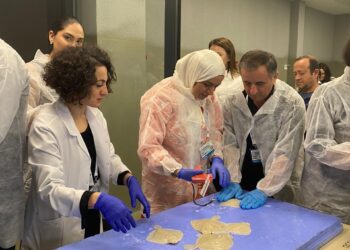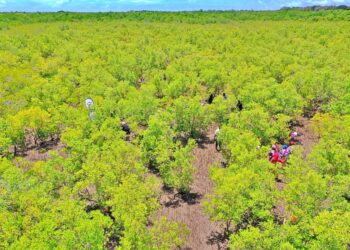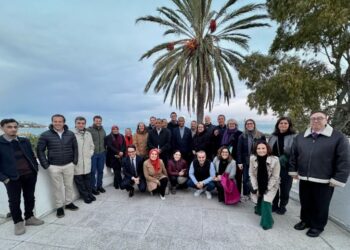Shrimp Farming Potential in Africa – Africa include a total of 55 national states, of which 54 are members of the African Union (AU), The continent is endowed with enormous water resource in terms of oceans (Indian and Atlantic), the Mediterranean and Sea Red Sea, lakes, rivers and floodplains. Therefore, Africa has many natural resources that qualify it to produce a large amount of aquatic food through aquaculture especially for farming Shrimp which is a billion-dollar industry that’s growing rapidly all over the world. Definitely the popularity of shrimp farming has led to increased investment in this sector, helping to drive down prices and improve safety standards. On the other hand, Africa has the land and suitable water environment but which remain unexploited for aquaculture including brackish waters, coastal areas and land where cages, ponds and other culture systems can be suitably placed. For instance, the long coastal region of West Africa is suitable for shrimp farming but which remain unexploited. Much of the southern African coastal region can be put to use for seaweed culture, shrimp and other aquatic products. Similar opportunities lie with the Small Island Development States.
Main farmed species in Africa
The main farmed species can be divided into four major species groups: finfish (96%), crustacean (1%), Molluscs (1%), seaweeds and aquatic plants (2%) (Fig. 1)
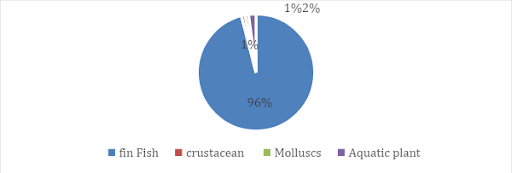
Shrimp occupy only one per cent of the total number of species farmed in Africa, yet global demand for shrimp is increasing and competitive with fish. Therefore, it is necessary to focus on the development of shrimp farming in Africa and not rely entirely on fish to diversify protein sources and economic value.
Potential shrimp species farmed in Africa include:
- Whiteleg shrimp (Litopenaeus vannamei): Originally native to the Americas, this shrimp species has also been introduced to Africa for aquaculture. It is now widely farmed in countries like Egypt, Madagascar, and Tunisia;
- Tiger shrimp (penaeus monodon): This species is native to the Indo-Pacific region, but it has been introduced and cultivated in several African countries for aquaculture purposes and characterized by Its large size, fast growth rate, high survival, resistance to handling and successful breeding in captivity make it the predominant culture species in the Indo-Pacific region;
- Swisy shrimp (Penaeus semisulcatus) and Qzazi shrimp (Penaeus japonicas): In the case of shrimp aquaculture in Africa and the Middle East, species like semisulcatus and P. japonicus are farmed in Egypt. These indigenous species are available in the Egyptian environment, either from the Mediterranean or the Red Sea;
- Blue shrimp (Litopenaeus stylirostris): Originally native to the eastern Pacific Ocean, this shrimp species has been introduced to African waters for aquaculture. It is commonly farmed in countries like Madagascar, Mauritius and Comoros;
- Banana shrimp (Penaeus merguiensis): This shrimp species is native to the Indo-Pacific region and can also be found in African waters, especially in the western Indian Ocean.
What drives us to shrimp species selection in aquaculture?
We try to summarise below the factors that led to choosing one type of shrimp over another:
- Taste and flavour: Shrimp species should be known for their delicious taste and succulent texture, plus they have a sweet and delicate flavour that is preferred by many consumers;
- Size and appearance: Shrimp species differ in size and appearance. Some prawns such as the Black Tiger Prawn and the Vannamei tend towards the dark colour not appreciated by some consumers while others tend towards the orange and light pink colour much appreciated by all. At the same time, Black Tiger prawns reach a remarkable size that makes them globally famous;
- Availability and accessibility: Some species of prawns have a high availability and are widely accessible in the market even in terms of price. This makes them a popular choice for both retailers and consumers;
- Sustainability and environmental impact: Shrimp farming practices may have environmental implications. Some shrimp species are known to be more environmentally sustainable and have less impact on habitats than others. The selection of sustainable shrimp species helps to promote responsible aquaculture practices;
- Disease resistance: Farmers prefer shrimp species that have been selectively bred for disease resistance. These species have a lower risk of contracting infectious diseases, which makes them more economically advantageous;
- Growth rate and productivity: Shrimp species with faster growth rates (e.g. Vannamei) and higher productivity are desirable for commercial breeding. These species can reach marketable size more quickly, resulting in higher production efficiency.
Therefore, the white shrimp (Litopenaeus vannamei) is the favoured shrimp species for aquaculture in Africa and worldwide, also considering the market demand, the environmental conditions required by the species in breeding, and the availability of required water resources and space for aquaculture.
This is the most cultivated shrimp species globally due to its rapid growth rate and is also known for its resistance to diseases.
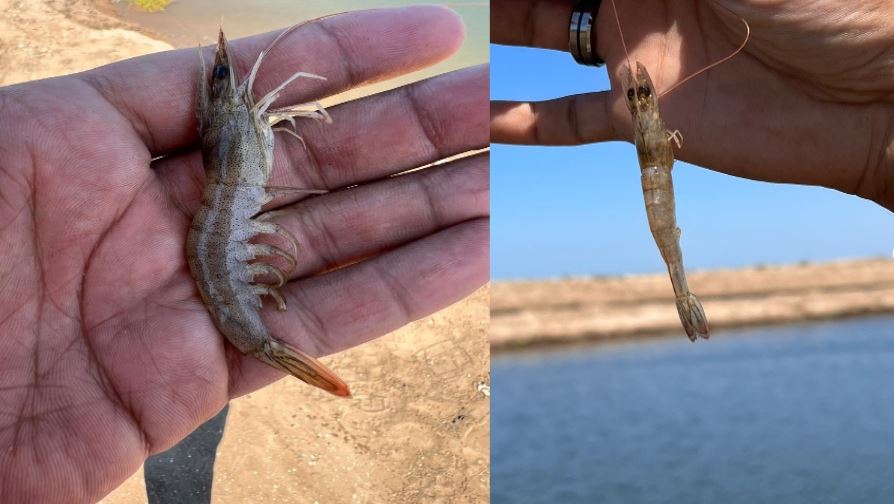
The reason why shrimp is the ideal choice for aquaculture in Africa is the short production cycle (4-5 months) compared to fish (8-24 months) and the low feed consumption in terms of Feed Conversion Index – this also reduces environmental pollution. Furthermore, there are types of shrimp that accept a vegetarian diet, which gives preference to shrimp in terms of sustainability.
Shrimp Farming Potential in Africa


